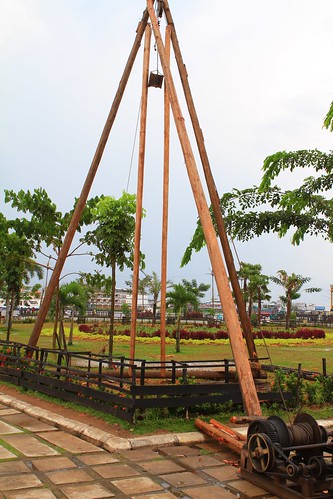Request for information form (RFI) is one of the crucial form contractor or client must have. I will be more important especially in documenting issue at site which contractor or client representative are not really sure.
Most of the real scenario at site is contractor or client just having verbal instruction or discussion at site on what ever the issue arise. however both side usually failed to captured the discussion or verbal instruction officially. The problem started when the discussion or verbal instruction was carried out physically but it failed to improved the condition. Instead as the result of that the issue getting worse. when this happened, there is no ground for client or contractor to protect them-Selves. As the result it will bring more dispute especially when contractor and client start to question about the cost.
Therefore it is always being a wise step that any instruction being officially documented to protect everyone interest.
Here is the link to my improved Request for Information Form for reference. However I claim no responsibility to the usage of the form if your going to use this sample.

